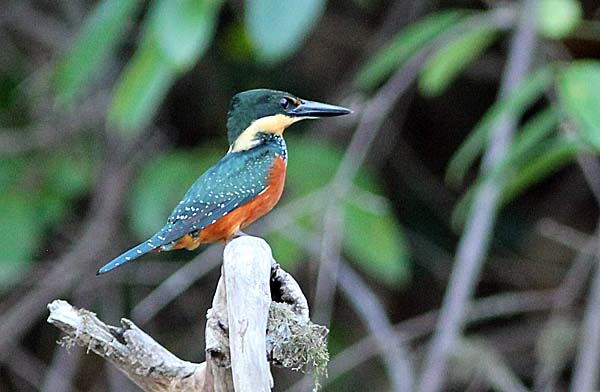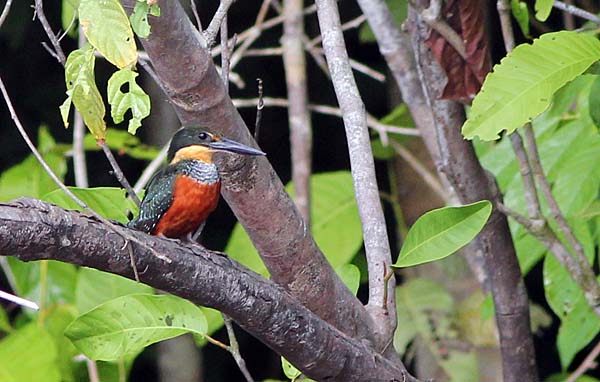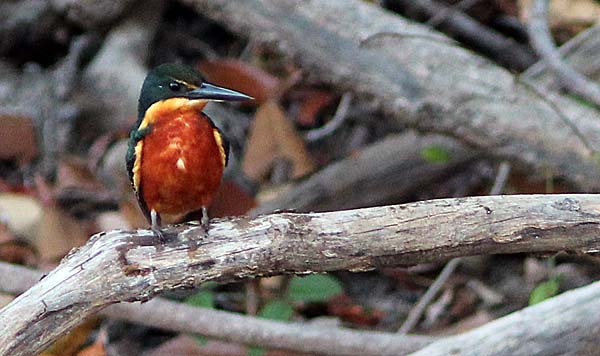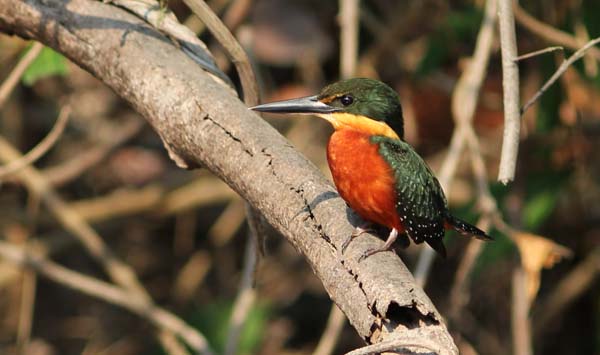Cristalino Montage – Row 8
Here are the identities of the birds and one plant in the eighth and final row of my Cristalino Montage.
The first is the hyper-local Amazonian Tyrannulet, at Cristalino found only in scrubby vegetation on the rocky and sandy islets in the Teles Pires River, fifteen minutes by boat from the lodge. These islets have a very distinctive vegetation, being completely under water during the height of the rainy season, when the tyrannulets must retreat to the riverside vegetation on the larger islands nearby.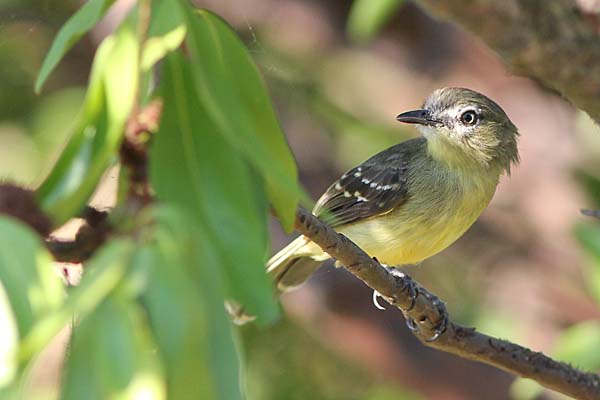
The next is a rather scruffy, molting male Fork-tailed Woodnymph. The best hummingbird watching at Cristalino was the pink flowered mimosa tree (probably in the genus Samanea) just outside the dining room.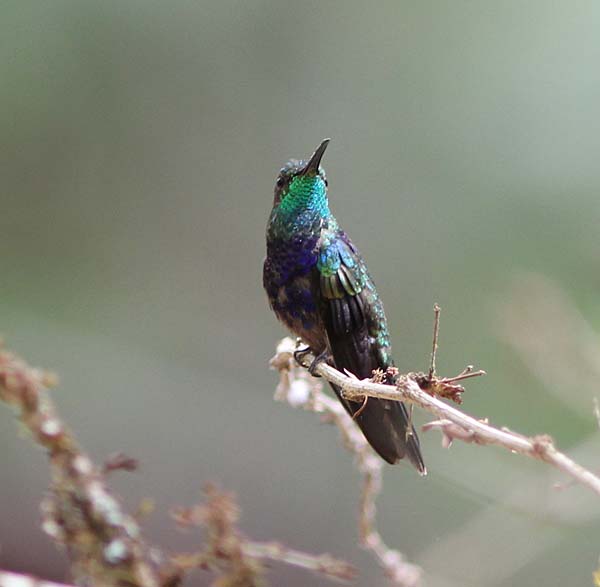
This is a female of the same species, the most common one at Cristalino.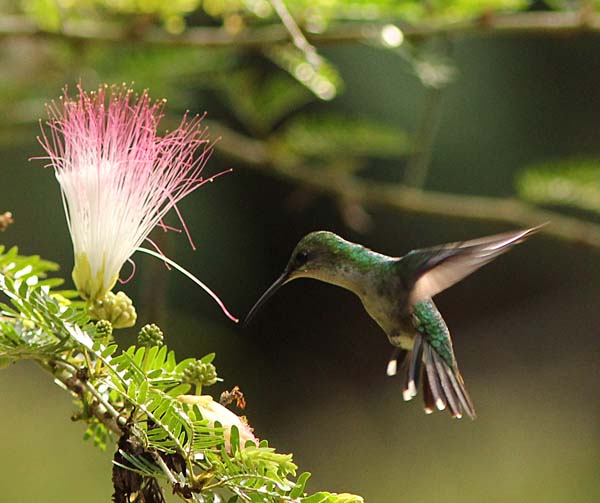
One of the best hummers we saw in this tree was a female Festive Coquette, which actually preferred to feed from the Rodriguezia orchids growing epiphytically on its branches.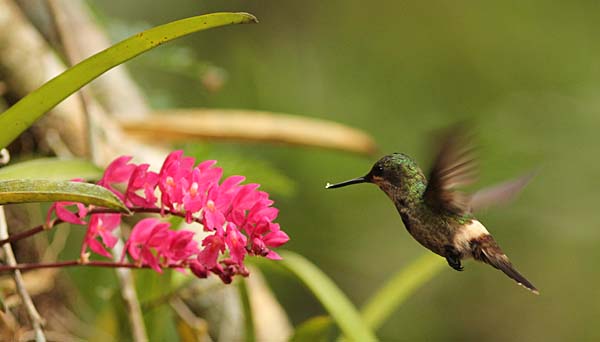
The next is a flower cluster of Cacaui, Theobroma speciosum, a tree closely related to Theobroma cacao, the source of chocolate. Like that species, as well as other Theobromas, this one is cauliflorous, meaning that the flower pedicels arise directly from the woody stems. This species is unusual in having them so densely clustered all along the trunk and in being fabulously fragrant. The flowering was staggered, but there was peak this year on August 31 when the air was utterly intoxicating in certain areas. As in other members of this genus (cupuaçu is another, T. grandiflorum), the white pulp of the fruit is delicious, while the seeds can be dried, cured, and ground into a type of chocolate.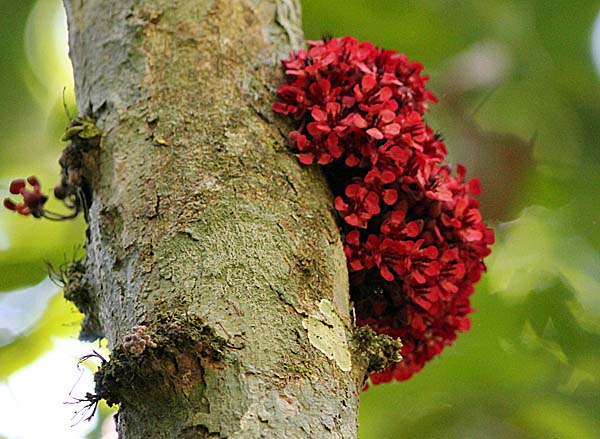
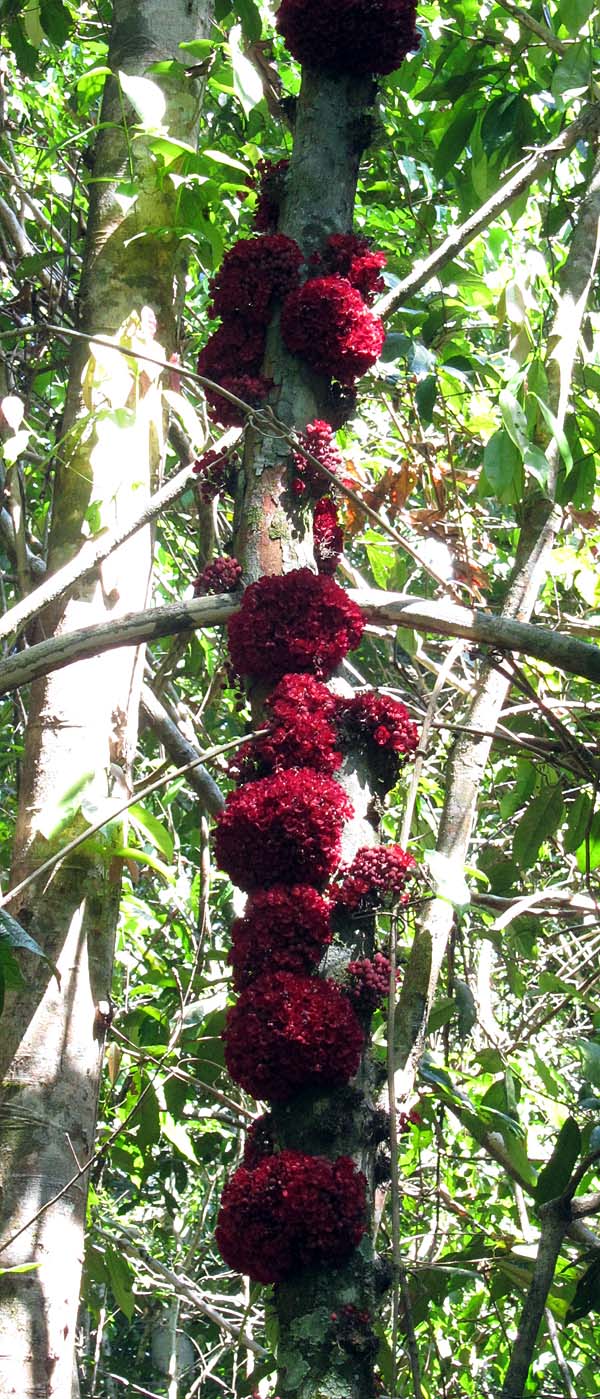
The next is one of many hundreds of Chaetura swift photos that I took, many of them to remain unidentified. I’m fairly certain that this one is a Pale-rumped Swift, with the white bases to the loral feathers visible. The next two are also Pale-rumped, but the last one could be something else, like Gray-rumped. Like I’ve said earlier – these arial feeders will be the last frontier in field ID.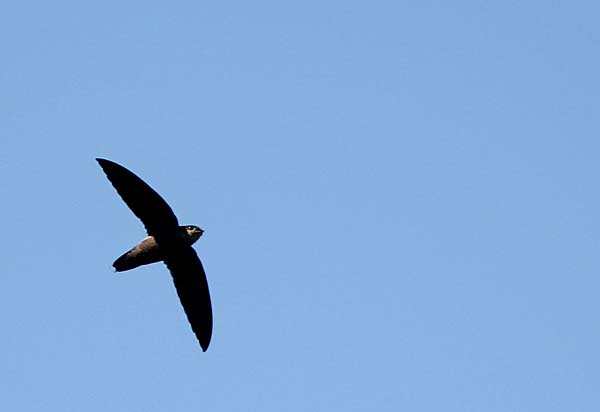
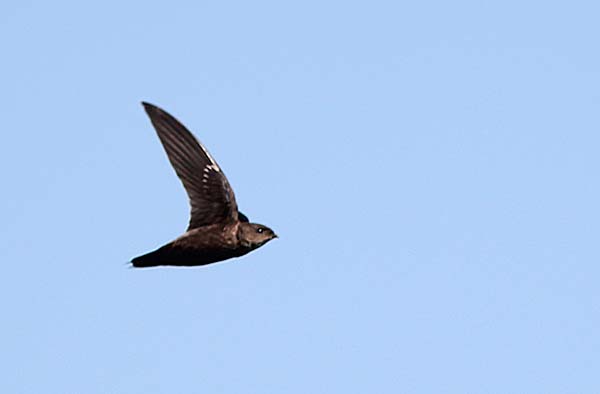
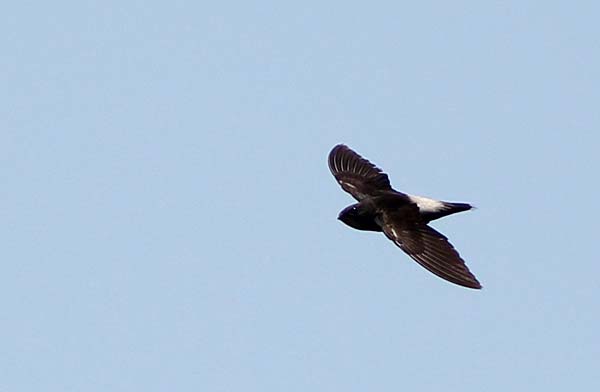
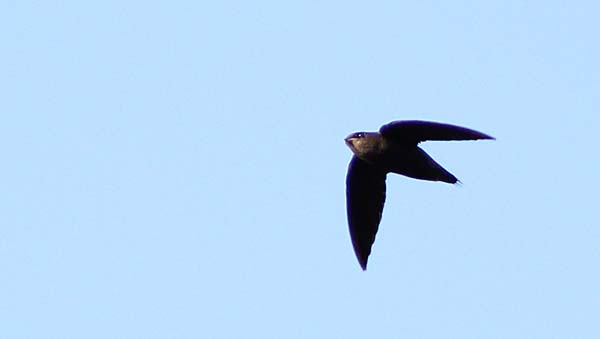
The only Gray-necked Wood-Rails during my entire stay were a pair along the shore of the Cristalino River about halfway between the lodge and the river mouth at the Teles Pires River. They weren’t all that shy either, so I got lots of good photos one day. I never did hear them giving their raucous duet, usually audible for some distance, so I presume it’s something they primarily do during the rainy season.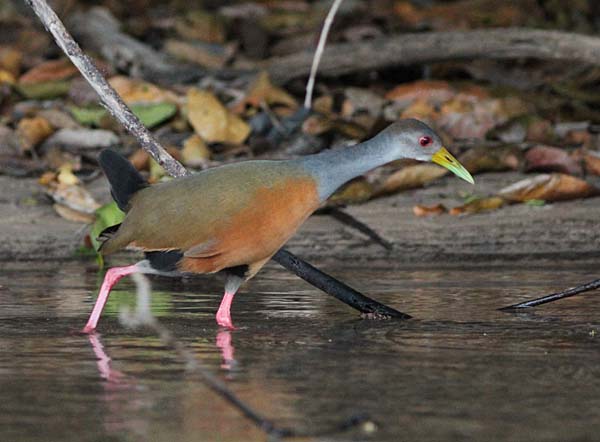
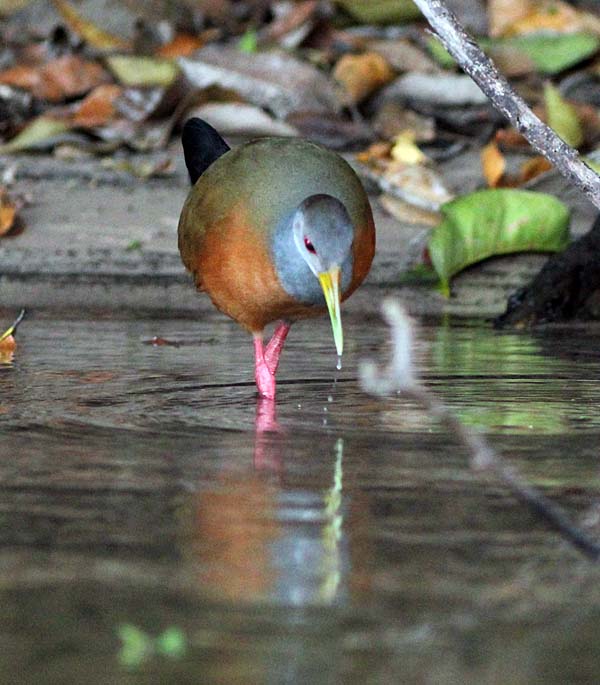
Of the five species of kingfisher at Cristalino, the Green-and-rufous is the most restricted in range, largely confined to Amazonia, despite that name being given to another species. The Green-and-rufous does make it north to southern Central America, where it is very rare, but all the other species make it into far NE Mexico, and the Amazon Kingfisher has even been found in Texas. Ringed, Green, and Amazon, and Green-and-rufous area all very common at Cristalino, and even though the American Pygmy was the most difficult to find, it was always nice to spot a lovely Green-and-rufous, usually in dense vegetation in the shadows.